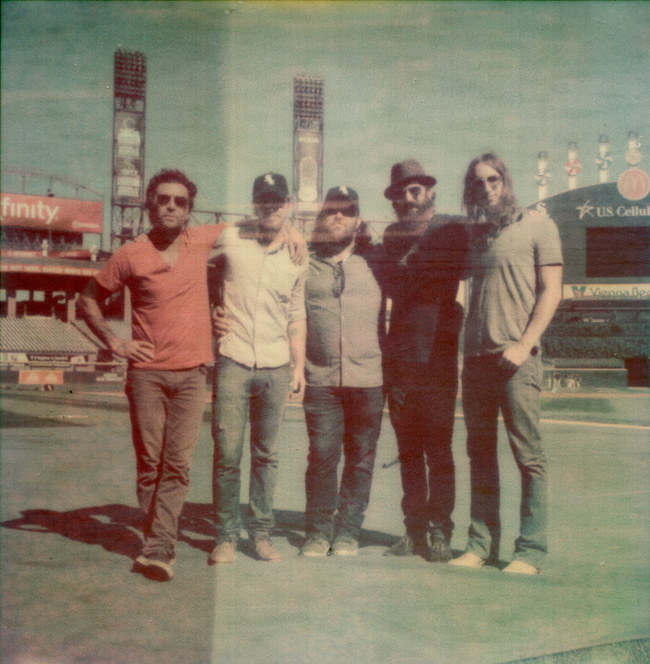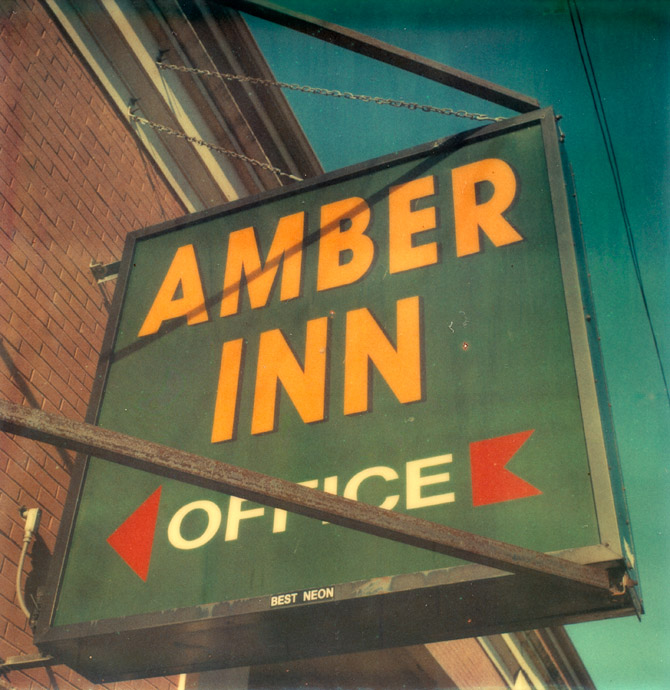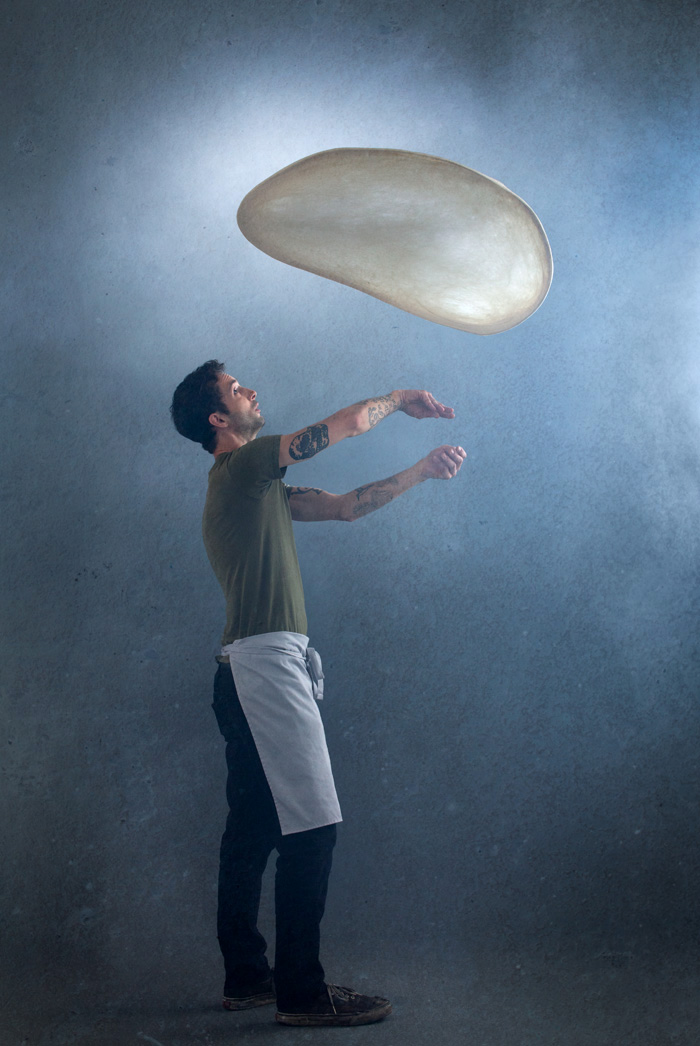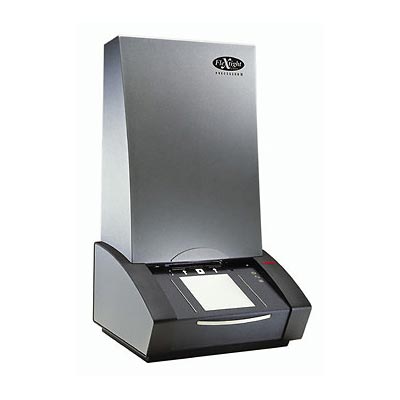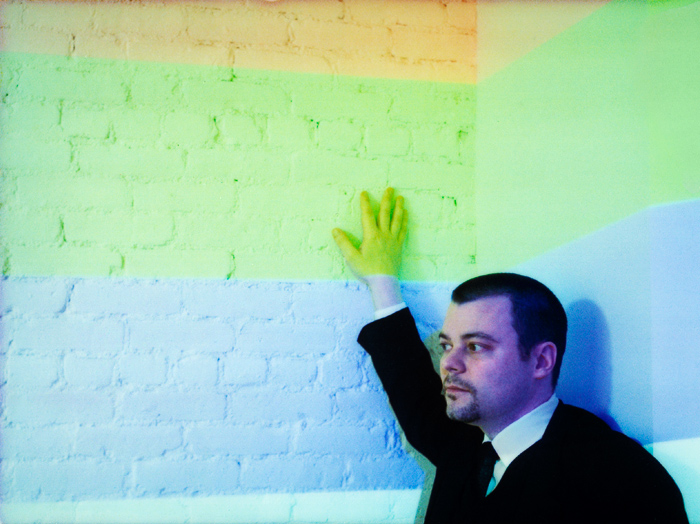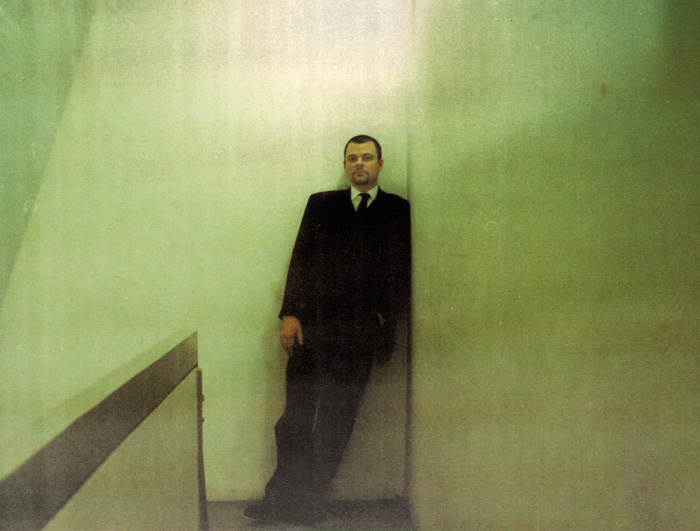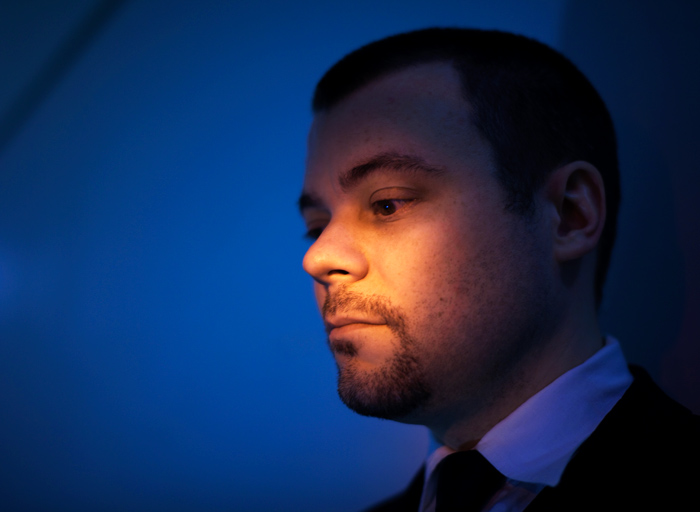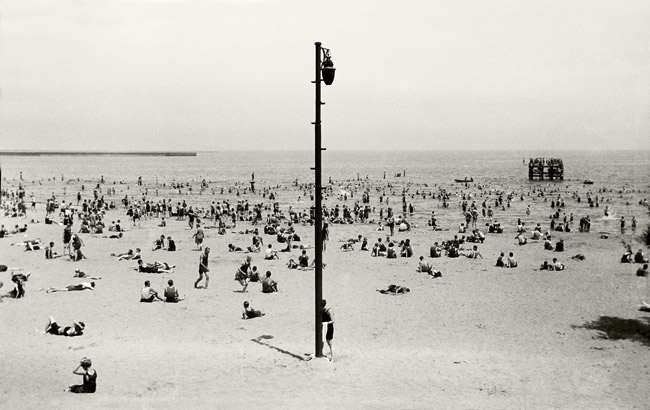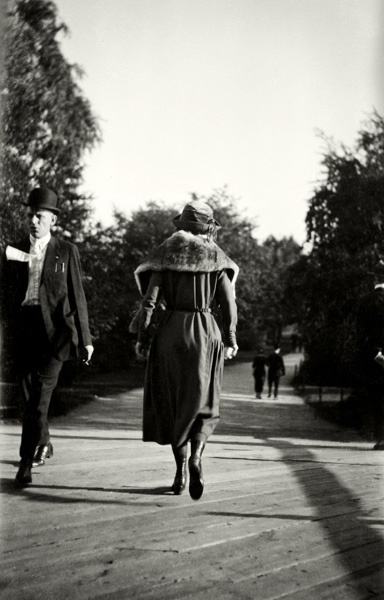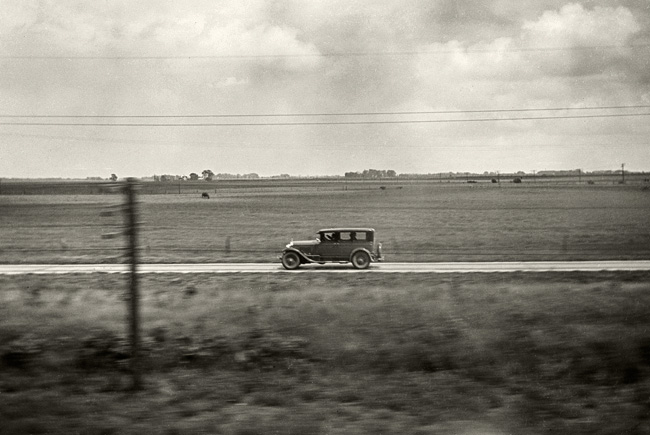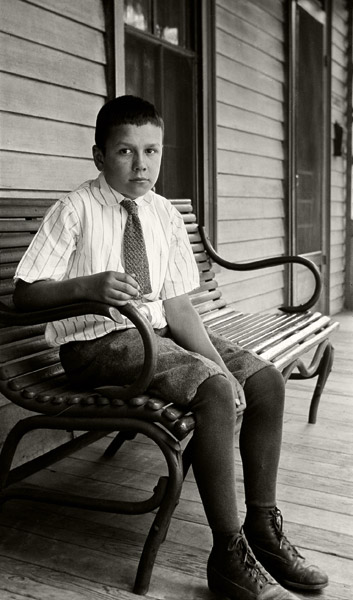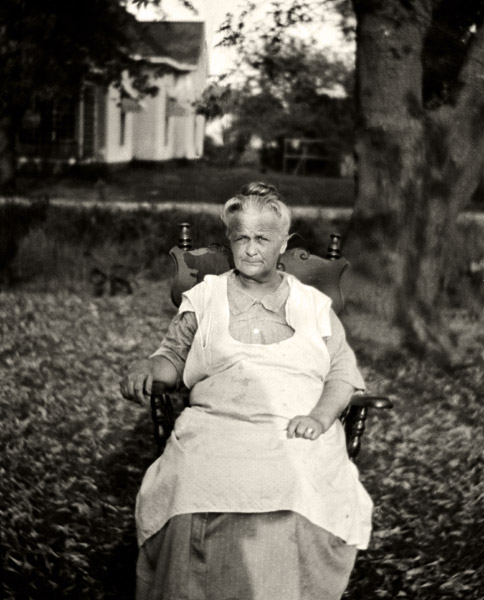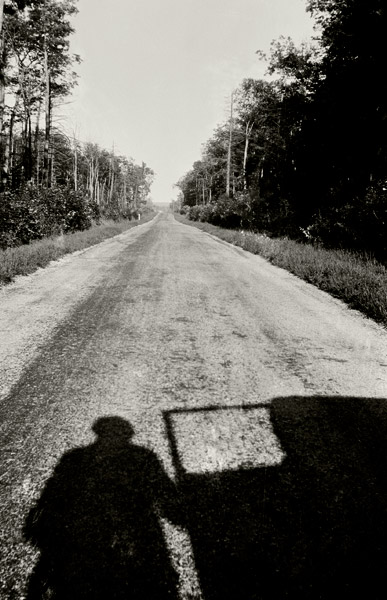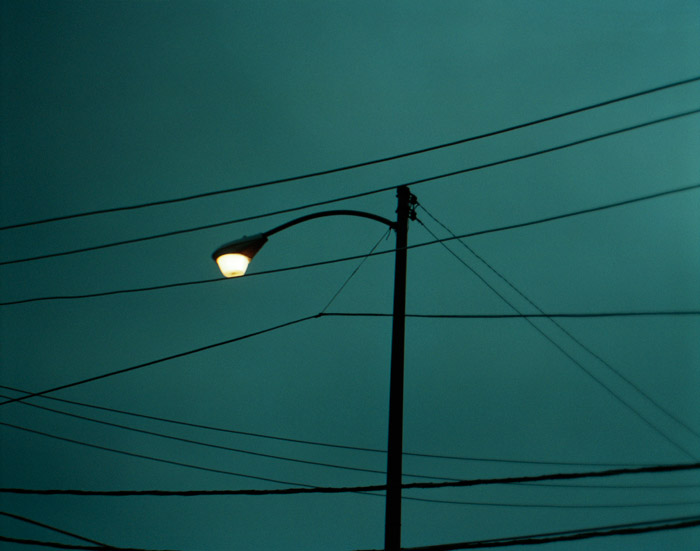Today I was featured on the Arts In Bushwick blog for Bushwick Open Studios, which I am participating in this year for two days in what I’m calling Metaphysical Delight. Come on by my studio if you’d like Friday or Saturday. Info here.
Below are the questions I answered for them, but also check it out on their site.
AIB: What are five hashtags that describe your work?
JG: #abstract #transformation #decay #life #jamesgodman
AIB: What is your artist origin story?
JG: My art practice started with me as a teen, airbrushing t-shirts in a local mall down the street from my high school in Evanston, Illinois, where people from all walks of life would bring me photographs to reproduce by hand on various apparel. Looking back now, its quite clear that this careful study of photographic images led me to fall in love with photography and use it extensively in my work.
AIB: What is your favorite medium right now and why do you love it?
JG: After much experimentation and work, I’m happy with the processes I use to create my work.
AIB: What is on the horizon for your work in the next year?
JG: In the coming year, I will be furiously creating work and sharing it with a wider audience.
AIB: How has being in Bushwick influenced your work?
JG: Bushwick is an amazing place to live and work. I see and interact with vernacular architecture, surfaces, and people that work their way into my work one way or another. The surrounding sounds also contribute.
AIB: What Bushwick artists do you admire and why?
JG: I admire all Bushwick residents and world residents that are doing their thing, working hard, and helping others.
AIB: Tell us your most memorable exchange during Bushwick Open Studios.
JG: Me: Tell me more about this piece. Fellow artist whose name I’ve forgotten: Thats life itself.
AIB: If a movie is made about your life, who would play you?
JG: A phytoplankton.
AIB: If you could have dinner with anyone living or dead, who would it be and why?
JG: My Mother, because she is the best.
AIB: What is the future New York Times headline about you?
JG: James Godman, dead at 107 years old.
AIB: Was there something you want to share that was not asked?
JG: Thanks for supporting artists in our community and beyond!
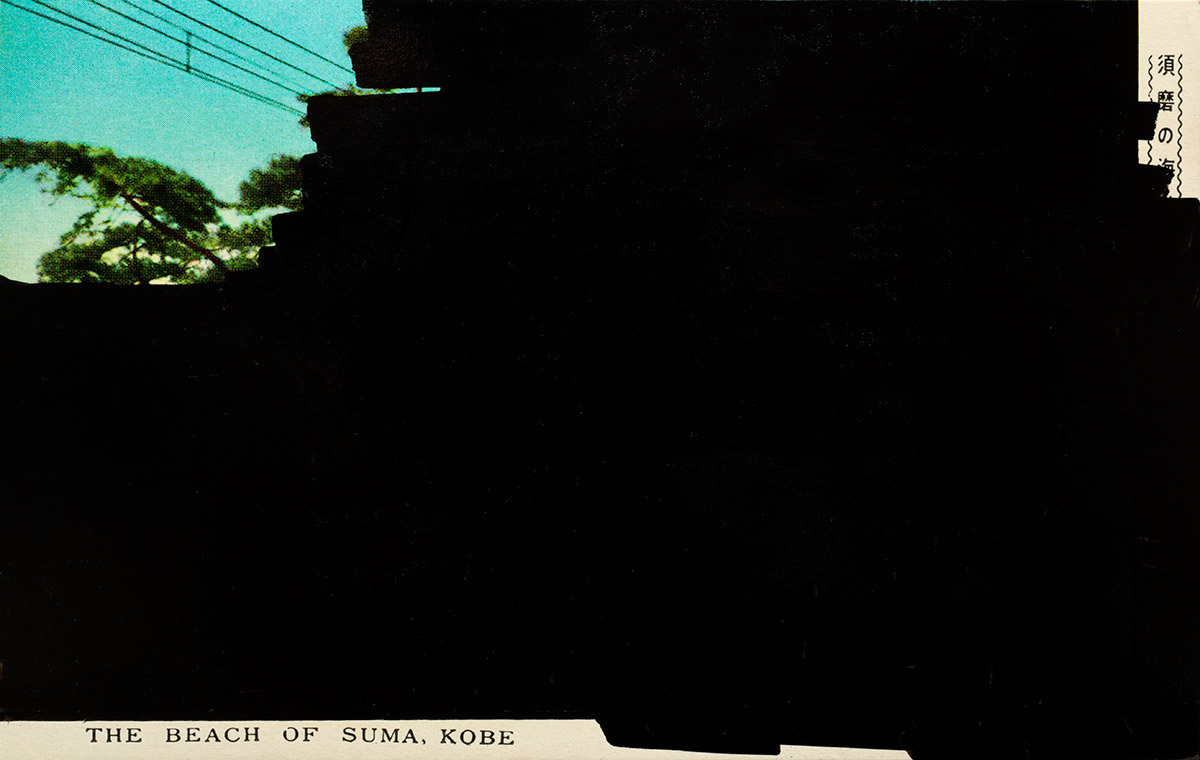

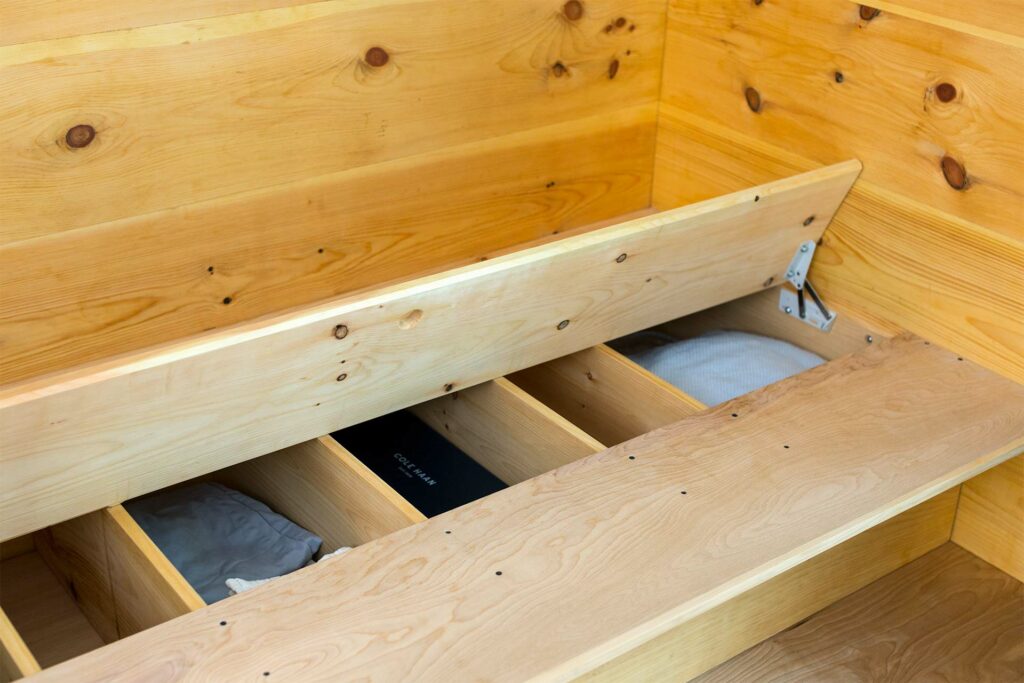

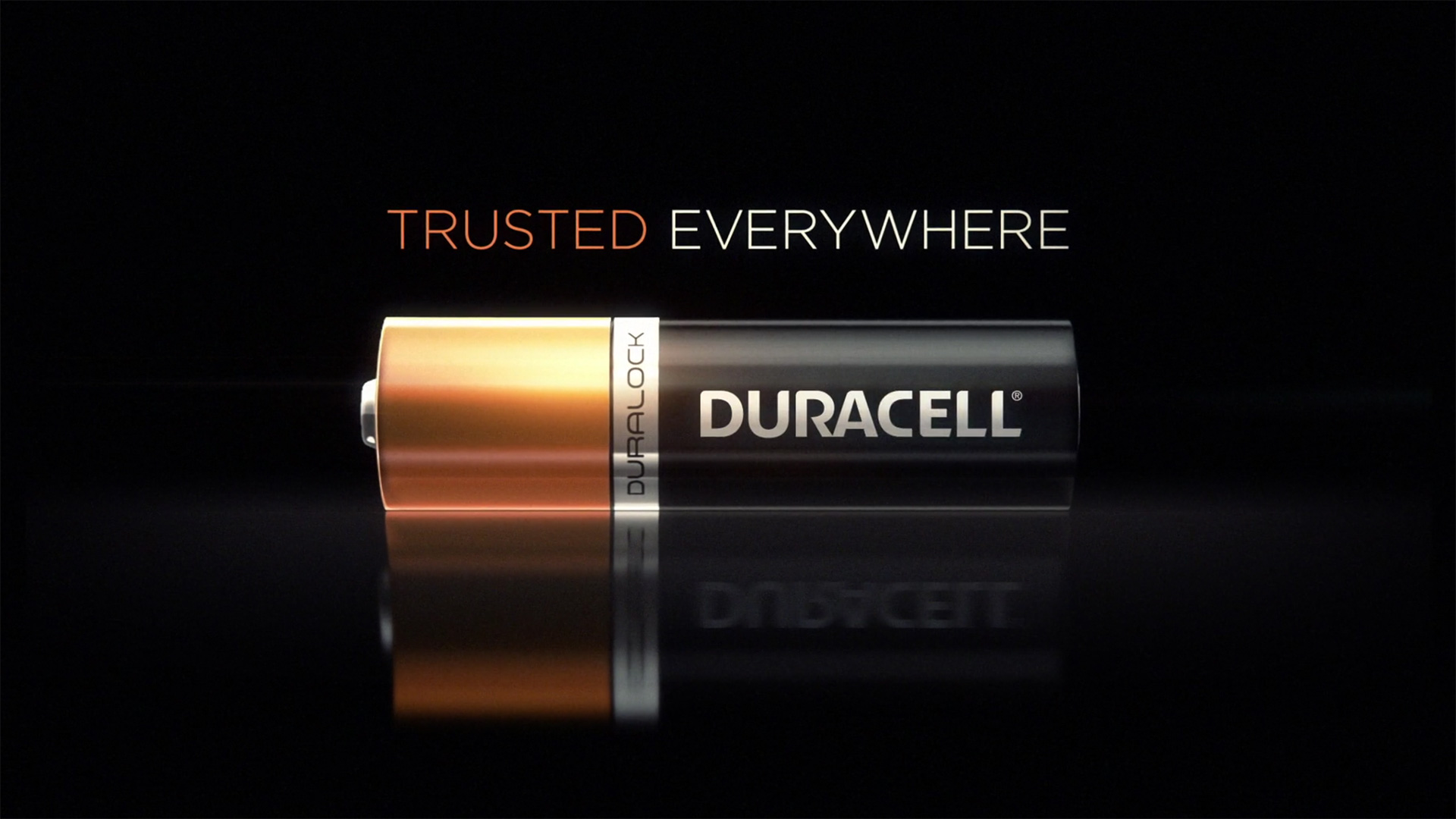


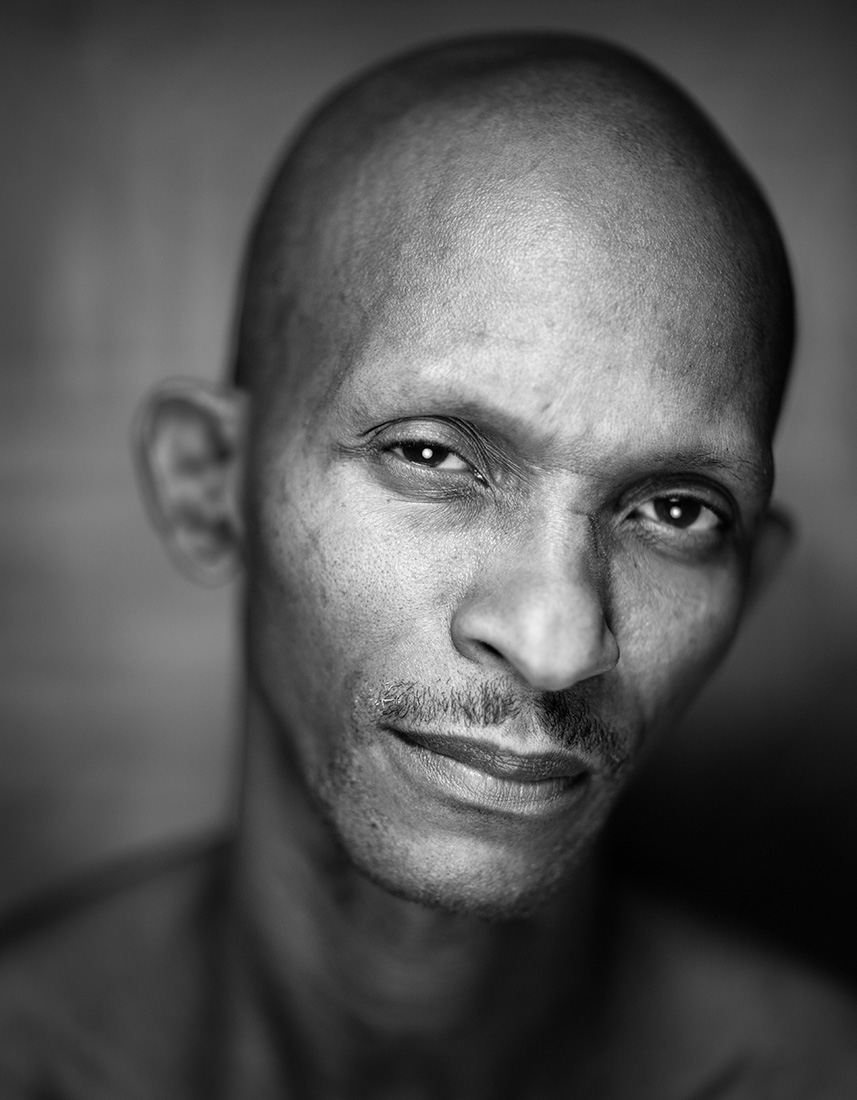
![Joshua Cody [sic] Paperback](https://godman.com/wp-content/uploads/2021/11/Joshua-Cody-Sic.jpeg)
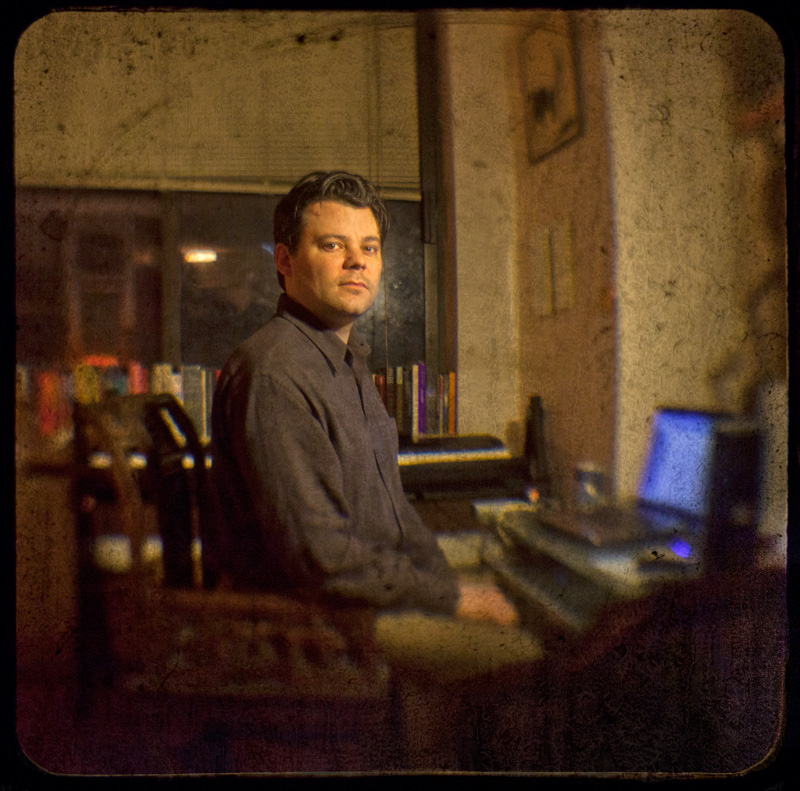
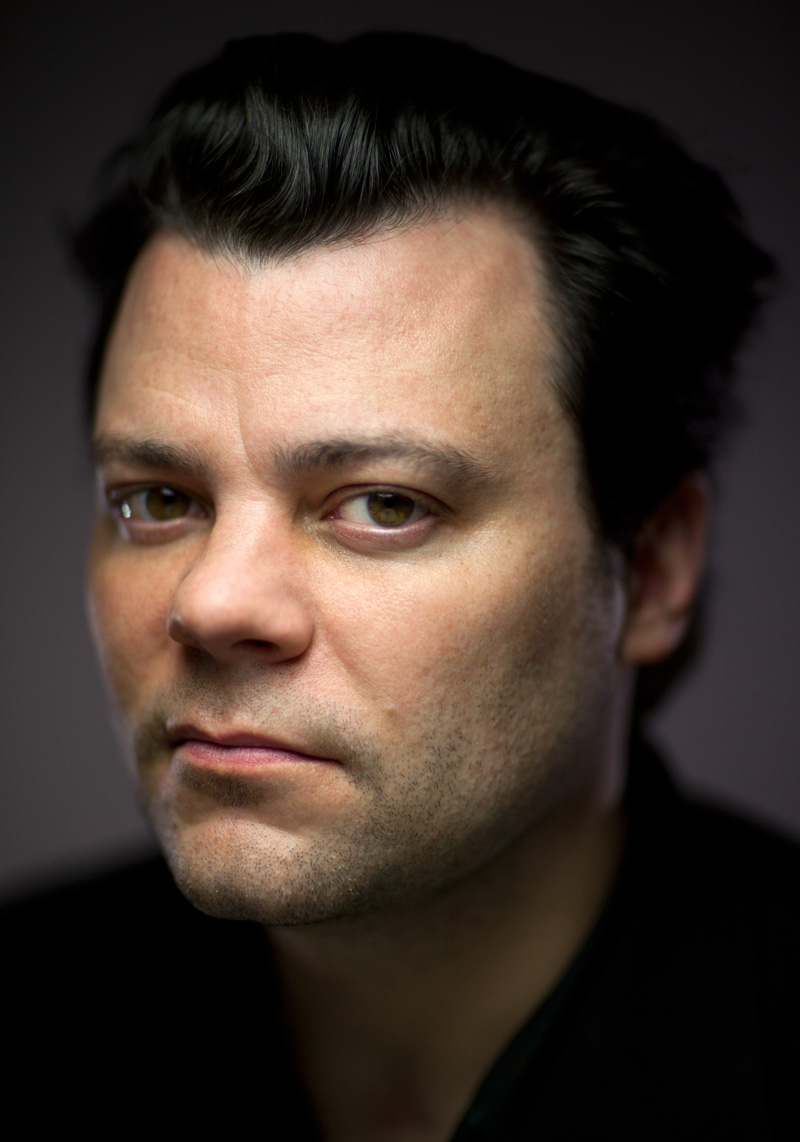 Its always fun to photograph Josh! If you haven’t read his book yet, you should! Check it out
Its always fun to photograph Josh! If you haven’t read his book yet, you should! Check it out 